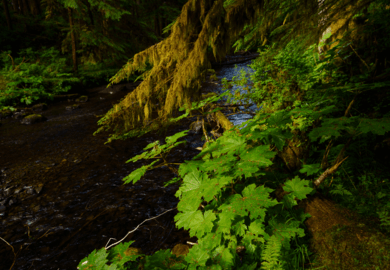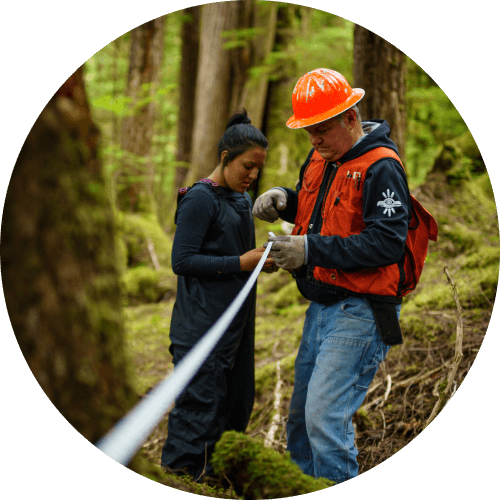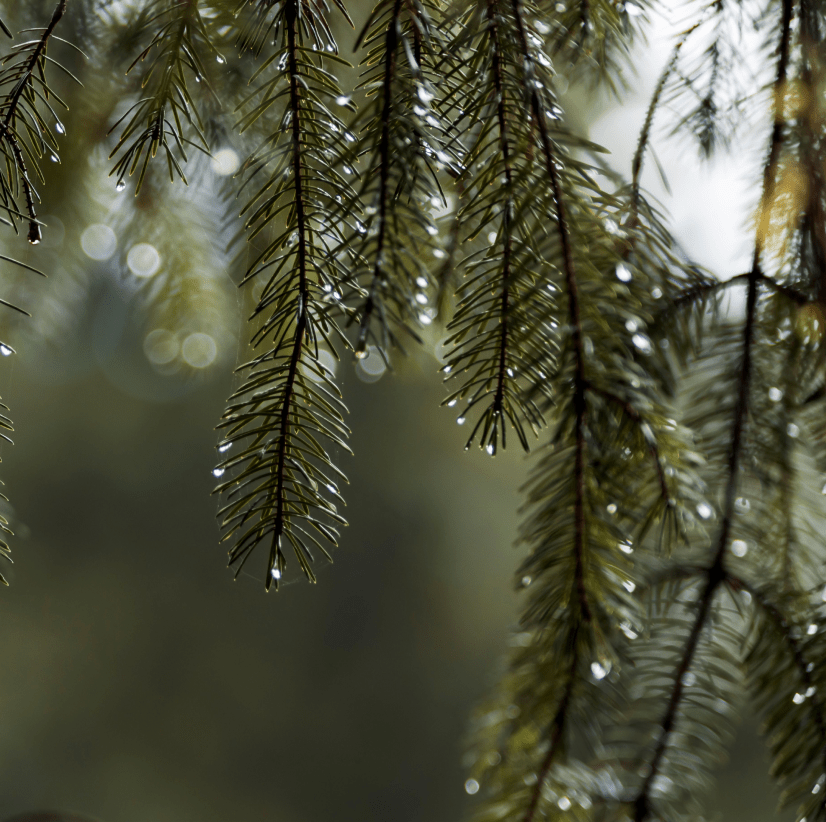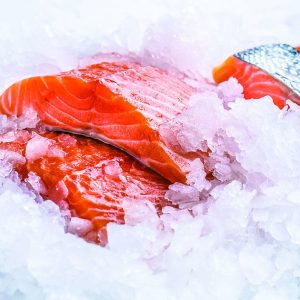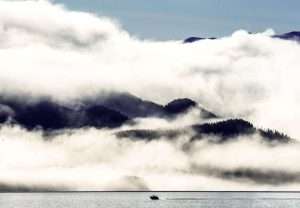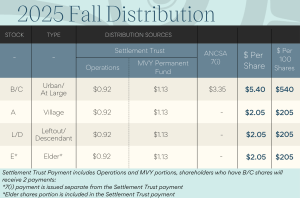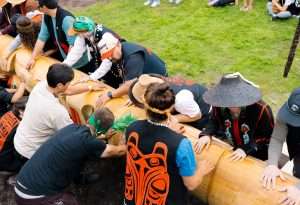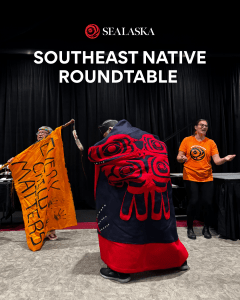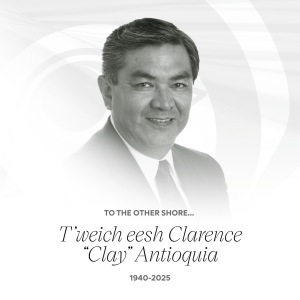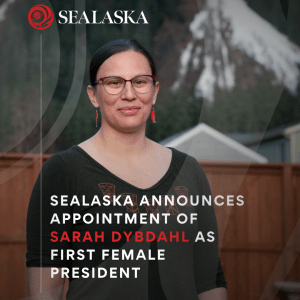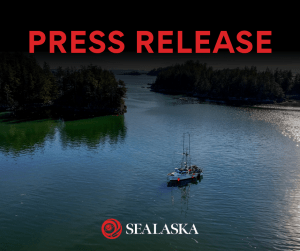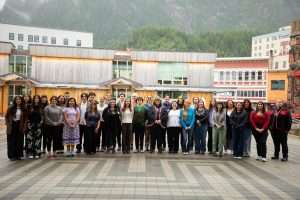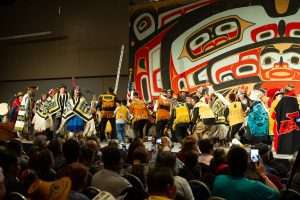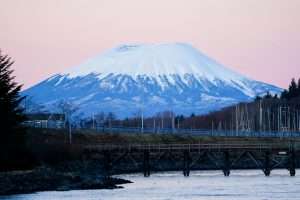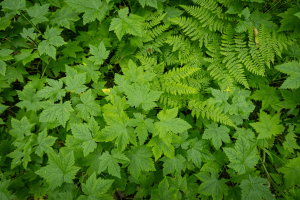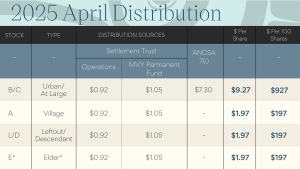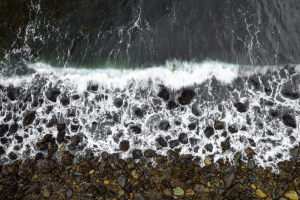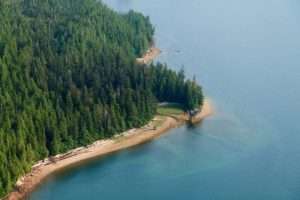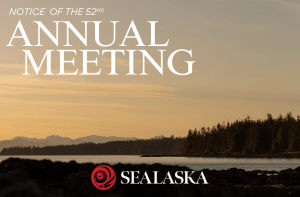Our Lands
For millennia, Tlingit, Haida and Tsimshian people have called the lands and waters of Southeast Alaska home. Stewardship of these places and the abundance they provide is an inherent part of the heritage and culture of past, current and future generations with roots in the region.

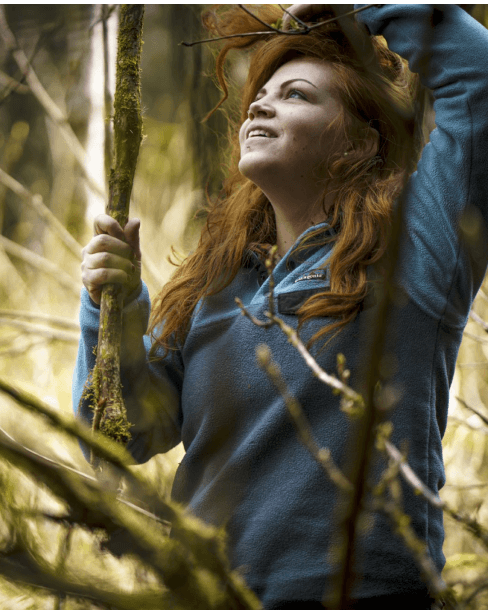
Natural Resources
Maintaining healthy forests and watersheds is vitally important to the continuation of traditional ways of life and key to vibrant, successful communities. Our Natural Resources department leads these efforts on Sealaska’s behalf, helping to restore balance to our environment.
The Carving & Bark Program contributes immensely to the cultural needs of Sealaska’s shareholders, providing carving materials which are custom cut to fill the required donation requests of nonprofit organizations throughout the region. The program helps culture bearers maintain traditional carving methods for the benefit of our people—artists, educators, apprentices, students and the communities they call home—through the donation of these materials.
There may be no more tangible example of our cultures’ power than the custom of transforming red or yellow cedar logs into staggering works of art like totem poles or canoes. High-quality cedar logs sizable enough to create these cultural monuments are rare. Sealaska is honored to provide carvers access to monumental logs through our log donation program.
Occasionally, Natural Resources requests proposals for projects on corporation owned lands. When available, these requests for proposals will be posted here with contact details, deadlines, scope, and other pertinent information included in the bid document. Please contact the Natural Resources Department with any questions.


Our forests can help save the planet
Seeking balance for these lands
One of Sealaska’s core values is Haa Aaní (Lingít), Íitl’ Tlagáa (Sm’algyax), Na Yuubm (Xaad Kíl) — in reference to our lands and waters, echoing our commitment to stewardship of Southeast Alaska. Because of the strength of this relationship, Haa Aaní, LLC is the name that Sealaska adopted for the holding company of subsidiaries and departments involved in our land management activities.
Through Haa Aaní, Sealaska invests in balanced land management—a strategy that gives more than it takes, helping to stimulate growth in local economies as well as growth in our forests; revitalize both fish habitats and culture; and building relationships as well as projects to support a strong future.
For Sealaska, balanced land management represents the same balanced outlook that our ancestors have held for thousands of years: managing our lands and waters in a way that focuses on community and finding ways to balance income and economic activity with collaboration and stewardship. This intentional focus on balance is the way the people of Southeast Alaska have always done things—and, it is our hope, always will.
